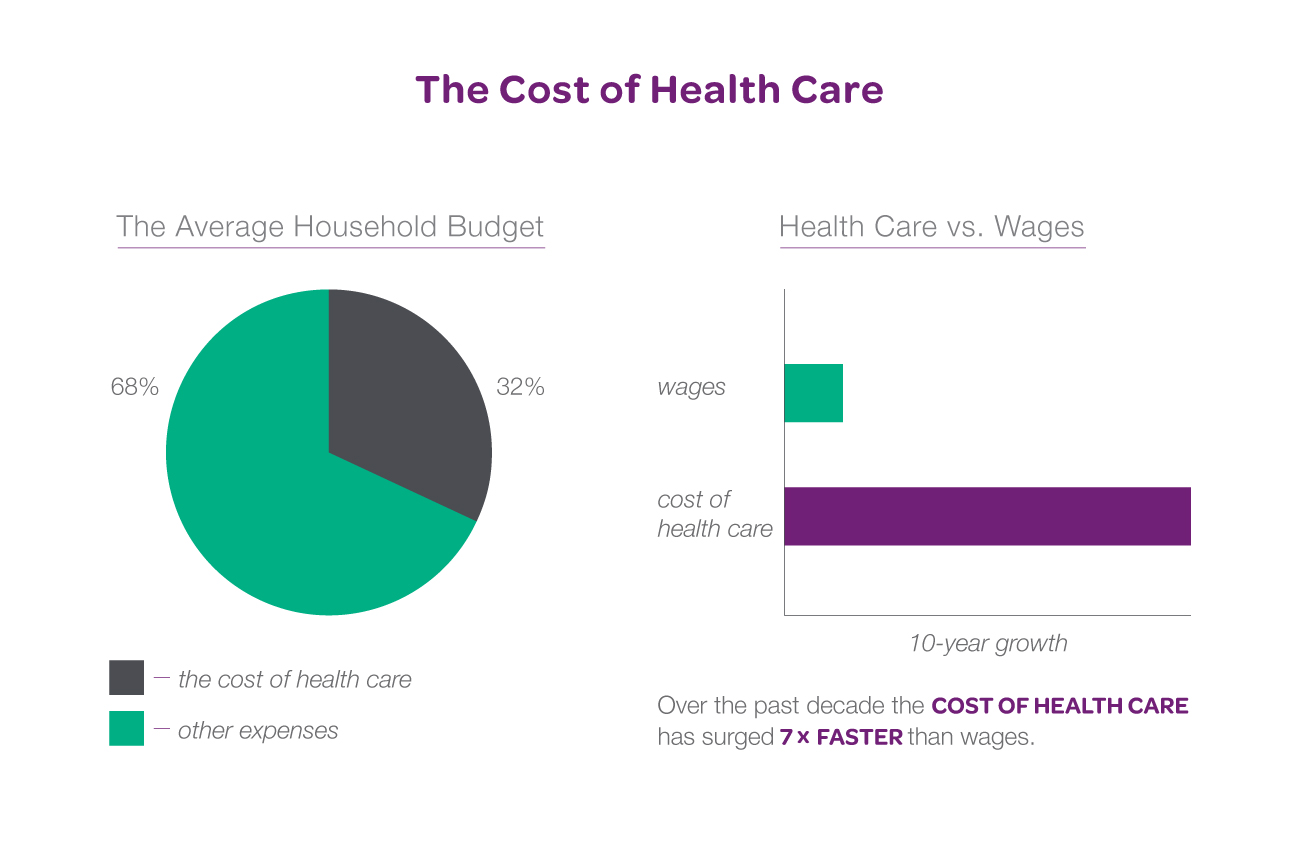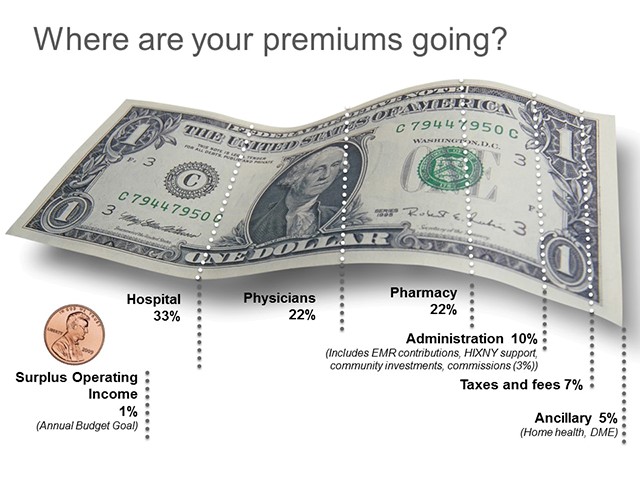Is This Mic On? The Cost of Health Care Is Too High!

In 2008, when the price of oil peaked at $147 per barrel, Americans were outraged. The cost of gasoline went from $2 to $4 per gallon, and suddenly, family road trips were put on hold and consumers began purchasing hybrid vehicles. It was a swift and no-nonsense response to a price hike for a product that so many people relied upon.
Hearing the public’s outcry – and in the midst of a presidential election – politicians were quick to get involved. Local, state, and federal officials took legislative action to increase oil production, decrease taxes, and reduce our dependency on foreign oil. Within a few short months, the cost of oil began to decline, and subsequently, so did the cost of gasoline.
Today, Capital Region residents are enjoying gasoline prices at just above $2 per gallon. While we’re no longer afraid of the so-called pain at the pump, there is a new price crisis happening in our community, but the government doesn’t seem as willing to get involved – at least, not in the right way.

Over the past decade, the cost of health care in America has surged seven times faster than wages and consumes 32 percent of the average household budget.
These numbers are vexing for consumers and employers alike, both of whom are struggling to find solutions to the affordability epidemic.
While it’s natural to want to blame your insurance company – after all, we’re the ones sending the bill – it’s important to know that health plans are merely the messenger of high-cost health care.
The below image represents data from the average not-for-profit health plan, like CDPHP®. You can see the majority of health care expenses go directly to hospitals and doctors, which account for 55 percent of the total bill. The next – and fastest growing – expense is pharmaceuticals, which jumped from 16 percent to 22 percent last year alone, primarily driven by the rising cost of specialty drugs. Seven percent goes directly to taxes related to the Affordable Care Act, and another 5 percent to ancillary expenses, like home health care and durable medical equipment.

Now, take a look at the amount of money that goes to your health insurance company. This number sits at a historic low of 10 percent. While it’s commonplace for government to point the finger at insurance companies for rising health care costs, it’s important to note that we are a small (and shrinking) part of the bill.
As hospitals and drug companies continue to post double-digit profits, government has responded with a series of measures aimed at cutting the cost of health insurance. Unfortunately, these actions have not reduced the cost of care. Instead, they have led to higher copays, narrow networks, and few choices.
In the coming weeks, you will likely hear more information about the rising cost of insurance premiums. That’s because health plans are in the process of submitting rate requests to the state of New York, which will decide to approve, modify, or deny these rates. This is a process called prior approval, a law in New York that was designed to protect consumers from irrational price increases. The law’s intent is fundamentally flawed in the sense that knocking down insurance premiums does nothing to address the rising cost of care, which is led by ever-increasing hospital and drug costs.
In 2008, the government was quick to step-in in the name of lowering gas prices. In the case of health care costs, they have failed us. They have passed the Affordable Care Act – and dozens of mandates in-between – all of which increased the cost you pay for care. Today, what we need is not another mandate, tax, or fee on the insurance industry – but legislative action to reign in the true drivers of health care costs.
Before the sun sets on another legislative session, and before elected officials fill up their tanks with $2 per gallon gas and head home for the summer, I’m hoping they will think about the senior citizen who avoided filling her prescription because she’s on a fixed income, or the hard-working family man whose health care expenses now exceed the cost of his mortgage. Much like gasoline, health care needs to be affordable, and we need government to step-up and identify practical solutions. Beating up on the insurance industry has proven unsuccessful and will do nothing to address the underlying problems.
Header graphic by Freepik
 The Daily Dose
The Daily Dose
One Response to “Is This Mic On? The Cost of Health Care Is Too High!”